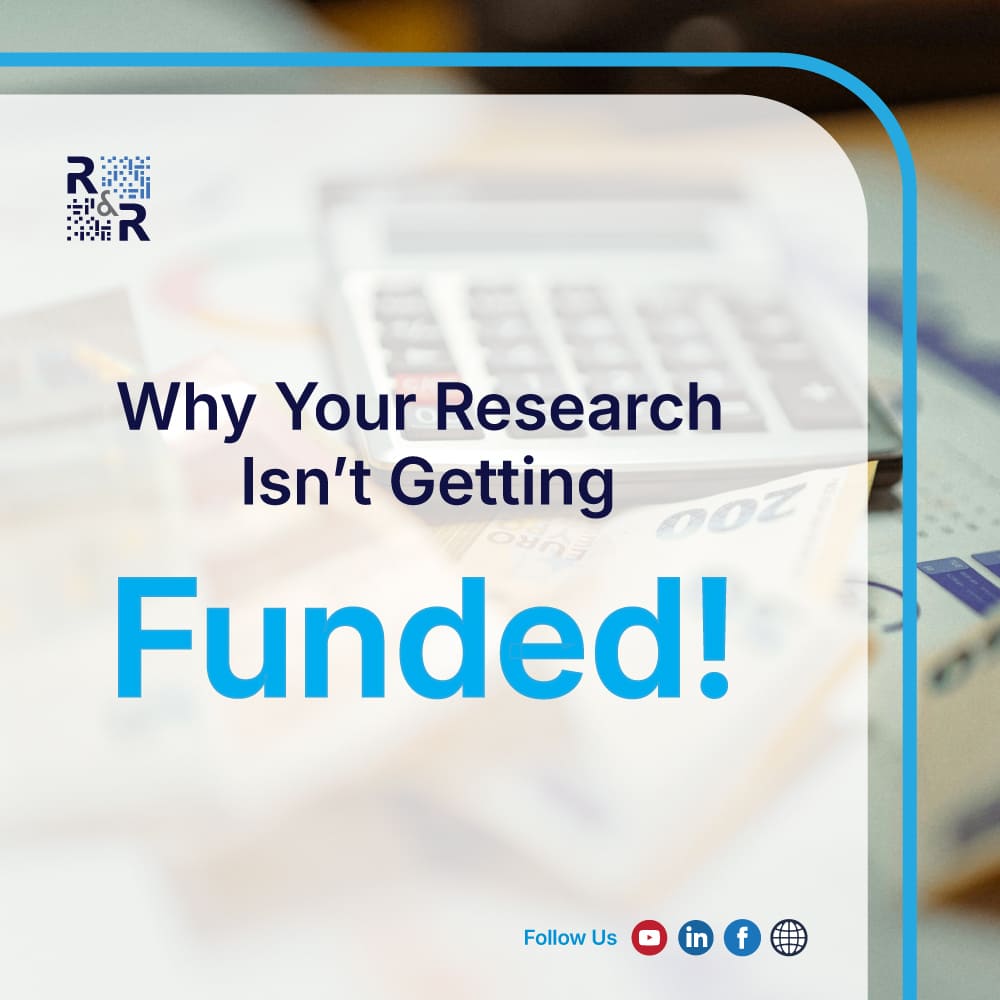Every year, thousands of strong research ideas fail to secure funding. The problem is rarely the importance of the issue—it’s the presentation of the proposal. Funders want clarity, logic, and credibility. Two tools are at the heart of this process: the Problem Tree and the Logical Framework (LogFrame). Yet, most researchers either neglect them or use them superficially, leading to rejection.
At Research & Report Consulting, we have seen this mistake repeated across disciplines, from social science to agriculture, climate resilience, health, and technology projects. Here are the critical issues most researchers don’t know—but every reviewer notices.
1. The Problem Tree Is Not Just a Diagram
Too many proposals present a problem tree as a decorative graphic, not a serious analytical tool. A proper problem tree must trace the root causes, core problem, and consequences. Without a clear cause–effect chain, reviewers doubt whether the research addresses the real problem or just its symptoms.
Tip: Ask yourself: Does my problem tree explain why the problem exists and what drives it?
2. Weak LogFrames Signal Weak Planning
The Logical Framework is the single most scrutinized part of a proposal. It shows funders exactly how you will move from:
- Inputs → resources invested
- Activities → actions taken
- Outputs → immediate deliverables
- Outcomes → short- to medium-term changes
- Impact → long-term transformation
If this chain is unclear, funders assume the project lacks a solid strategy.
3. Disconnect Between Problem Tree and LogFrame
A common mistake is preparing the problem tree and the LogFrame independently. Funders look for consistency: if your problem tree identifies root causes like “lack of training” or “poor governance,” then your LogFrame must include objectives, outputs, and indicators that address these causes. Otherwise, the proposal looks incoherent.
4. Vague Indicators = Rejected Proposals
Indicators like “improve awareness” or “increase capacity” are too broad. Funders want SMART indicators:
- Specific
- Measurable
- Achievable
- Relevant
- Time-bound
A weak indicator suggests that you don’t know how to measure success—or worse, that you may not deliver results.
5. Ignoring Risks and Assumptions
Every project faces external risks: political instability, community resistance, budget fluctuations, climate shocks. A LogFrame that doesn’t mention assumptions or risk analysis tells reviewers you haven’t thought through real-world challenges. Funders want reassurance that you can adapt and mitigate risks.
The Hidden Lesson: Frameworks Build Trust
Funders are not only investing in your research idea—they are investing in your capacity to deliver results. A well-designed problem tree shows that you understand the problem deeply. A robust LogFrame demonstrates that you can manage resources, track progress, and achieve measurable outcomes. Together, they build the trust reviewers need to approve funding.
Conclusion
If your proposals keep getting rejected, the problem may not be your research—it may be your frameworks. The problem tree and LogFrame are not optional extras; they are the backbone of a successful funding application.
- A well-constructed problem tree proves that you understand the challenge.
- A robust LogFrame convinces funders that you can deliver solutions.
At Research & Report Consulting, we help you bridge the gap between strong ideas and funded projects.
How Research & Report Consulting Helps
At Research & Report Consulting, we support researchers, NGOs, and practitioners in transforming promising ideas into fundable proposals by:
- Developing evidence-based problem trees that capture causes and effects.
- Designing coherent LogFrames aligned with donor expectations.
- Creating SMART indicators to prove results.
- Integrating risk analysis and assumptions for credibility.
- Ensuring clarity, feasibility, and impact throughout the proposal.
We don’t just polish documents—we equip you with frameworks that convince reviewers and win funding.
Learn more at researchandreport.org
Follow us on LinkedIn & Facebook for regular insights on research, funding, and policy design.

